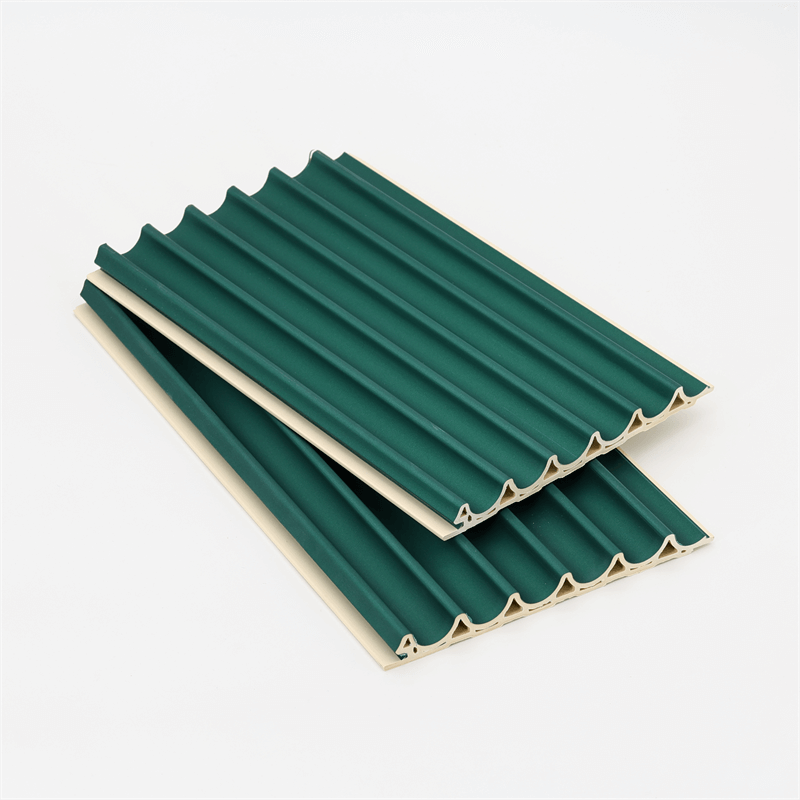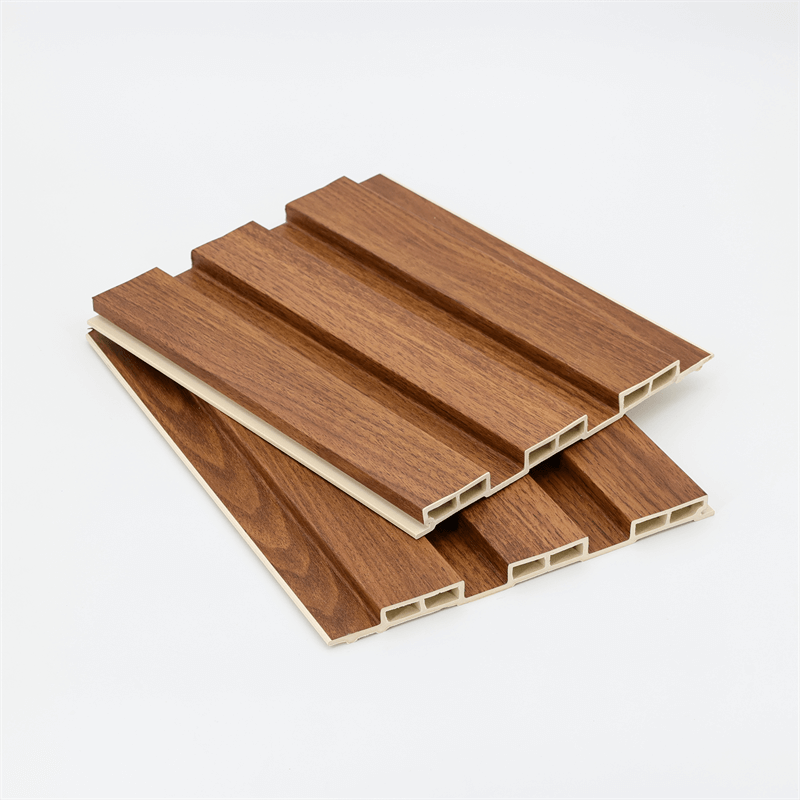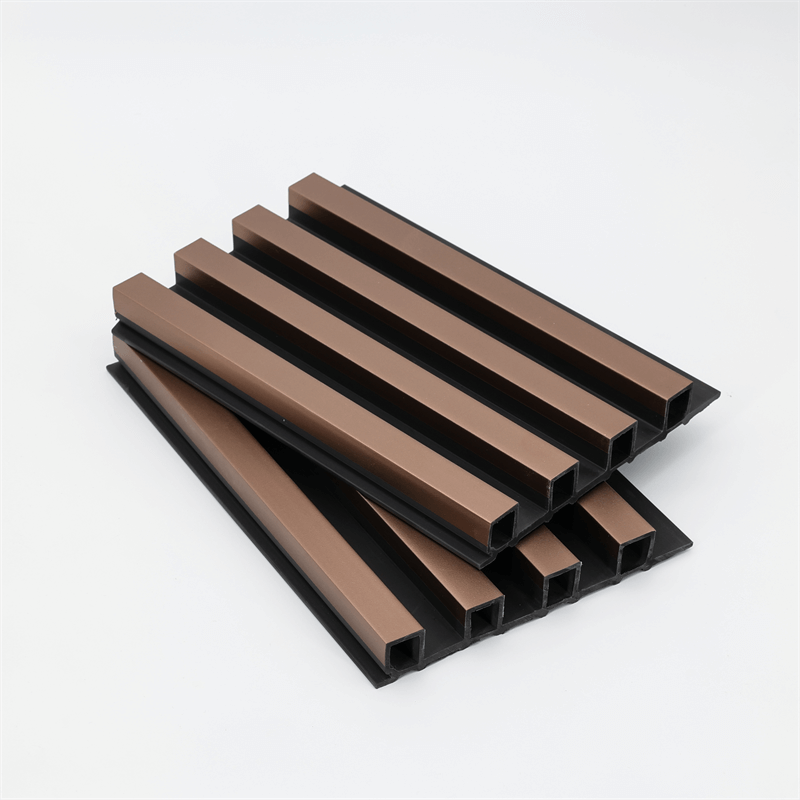Indoor air quality has become a growing concern in modern times, as people spend a significant amount of their time indoors.
Poor air quality can have detrimental effects on health and well-being.
In this context, WPC (Wood-Plastic Composite) wall panels offer a solution to enhance indoor air quality while providing aesthetic appeal and durability.
This essay explores the impact of WPC wall panels on indoor air quality, discussing their composition, benefits, applications, and their role in creating healthier indoor environments.
I. Understanding WPC Wall Panels:
WPC wall panels are composed of a blend of wood fibers and thermoplastics, such as polyethylene or polyvinyl chloride (PVC).
This combination creates a material that mimics the appearance of natural wood while harnessing the benefits of plastic.
WPC panels have gained popularity in the construction and interior design industries due to their versatility, durability, and sustainability.
II. Benefits of WPC Wall Panels for Indoor Air Quality:
- Low VOC Emissions: Volatile Organic Compounds (VOCs) are chemicals released from various building materials and furnishings, contributing to indoor air pollution. Unlike certain traditional wall materials, such as paints or adhesives, WPC panels have low VOC emissions. This means that they do not release harmful chemicals into the indoor air, promoting a healthier living environment.
- Formaldehyde-Free: Formaldehyde, a common indoor air pollutant, is often present in various construction materials, including some wall coverings. WPC wall panels are typically formaldehyde-free, eliminating the risk of formaldehyde emissions. By choosing WPC panels, occupants can minimize their exposure to this hazardous substance and reduce the associated health risks.
- Mold and Mildew Resistance: WPC wall panels exhibit excellent resistance to moisture and humidity, minimizing the risk of mold and mildew growth. Mold spores can lead to respiratory problems and allergies, impacting indoor air quality. The moisture-resistant properties of WPC panels help create an inhospitable environment for mold and mildew, improving the overall air quality indoors.
- Easy to Clean: Maintaining clean surfaces is essential for preserving good indoor air quality. WPC wall panels are designed for easy maintenance, requiring simple cleaning methods such as wiping with a damp cloth. This ease of cleaning helps remove dust, allergens, and other particulate matter from the panels, contributing to improved air quality.
III. Applications of WPC Wall Panels in Enhancing Indoor Air Quality:
- Residential Spaces: WPC wall panels can be used in residential settings to enhance indoor air quality. They can replace traditional wall materials, such as paints or wallpapers, in bedrooms, living rooms, and other areas where occupants spend a significant amount of time. By choosing WPC panels, homeowners can create a healthier living environment for themselves and their families.
- Commercial Buildings: WPC wall panels find applications in commercial buildings, such as offices, hotels, and healthcare facilities. These spaces often accommodate a large number of occupants, making indoor air quality a crucial consideration. Using WPC panels as wall coverings can help reduce VOC emissions and mold growth, promoting a healthier and more comfortable working or visiting environment.
- Educational Institutions: Schools and educational institutions can benefit from the installation of WPC wall panels. These panels contribute to a healthier learning environment by minimizing the presence of VOCs and mold, creating a space that is conducive to learning and well-being.
- Hospitality Sector: Hotels, resorts, and restaurants can utilize WPC wall panels in various areas, including lobbies, guest rooms, and dining areas. The panels’ contribution to indoor air quality helps create a pleasant and inviting atmosphere for guests, while their durability ensures long-term performance in high-traffic environments.
IV. Additional Considerations and Future Trends:
- Sustainable Manufacturing: The sustainable manufacturing process of WPC panels, which utilizes recycled materials and reduces waste, aligns with the principles of environmental stewardship. This further enhances the appeal of WPC panels as a sustainable choice for improving indoor air quality.
- Technological Advancements: Ongoing research and development in the field of WPC materials are leading to advancements in their composition and performance. Future innovations may result in even greater benefits for indoor air quality, such as enhanced resistance to VOC emissions and improved durability.
- Integration with Building Systems: The integration of WPC wall panels with building systems, such as ventilation and air purification, can further enhance indoor air quality. These systems work in synergy with WPC panels to optimize air circulation and filtration, ensuring a healthier indoor environment.
WPC wall panels offer a practical and sustainable solution for enhancing indoor air quality.
Their low VOC emissions, formaldehyde-free composition, mold and mildew resistance, and easy maintenance make them an ideal choice for creating healthier indoor environments.
From residential spaces to commercial buildings, WPC panels find applications in various settings, contributing to improved air quality and overall well-being.
As awareness grows regarding the importance of indoor air quality, the adoption of WPC wall panels is expected to increase, promoting healthier and more sustainable living and working spaces.

In conclusion, WPC wall panels offer a compelling solution for enhancing indoor air quality in both residential and commercial settings.
Their composition, which combines wood fibers and thermoplastics, results in low VOC emissions and eliminates formaldehyde exposure.
The panels’ resistance to moisture and mold growth further contributes to healthier indoor environments, while their easy maintenance facilitates the removal of dust and allergens.
The applications of WPC wall panels in various spaces, including residential, commercial, educational, and hospitality sectors, demonstrate their versatility and suitability for improving indoor air quality.
By replacing traditional wall materials with WPC panels, occupants can create spaces that prioritize their health and well-being.
Furthermore, the sustainable manufacturing process of WPC panels aligns with the growing emphasis on environmental stewardship.
The use of recycled materials and the reduction of waste make WPC panels an eco-friendly choice that promotes sustainable building practices.
As technology continues to advance, there is the potential for further improvements in the composition and performance of WPC panels.
Future innovations may result in even greater benefits for indoor air quality, ensuring that occupants can enjoy clean and fresh air in their indoor spaces.
Overall, the adoption of WPC wall panels represents a significant step towards creating healthier and more sustainable indoor environments.
By choosing these panels, individuals and businesses contribute to better air quality and promote well-being, ultimately creating spaces that support comfort, productivity, and overall quality of life.


